18 Jan 2019 - {{hitsCtrl.values.hits}}
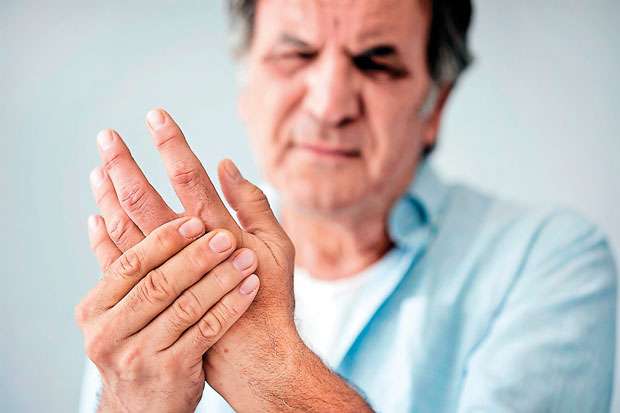
 The Faculty of Sport and Exercise Medicine (FSEM) UK recognises how important the right movements and exercises are when dealing with Osteoarthritis; a very common long-term disease which affects the cartilages and slowly wears them off with time.
The Faculty of Sport and Exercise Medicine (FSEM) UK recognises how important the right movements and exercises are when dealing with Osteoarthritis; a very common long-term disease which affects the cartilages and slowly wears them off with time.
To talk more on this, we produce excerpts of a discussion we had with Dr. Upul Madahapola, Registrar Sports and Exercise Medicine, Teaching Hospital Kandy.
“Cartilage is a cushion like protective covering (tissue) over the fixing ends of your bones, facilitating friction-less movements. Due to various reasons like ageing, obesity, familial tendency, joint injuries and inherent bone deformities, people become susceptible to excessive wearing off of cartilage covering, giving rise to a contact between two ROUGH bony surfaces (which form the joint). As a result when movement takes place around the joint, the end surfaces will rub on each other, slowly damaging the bones. Osteoarthritis can involve any part of your body, but this condition mainly affects knees, hands, hips and spine. The result is the surfacing of several symptoms which hinder your quality of life over a period of time” explained Dr. Madahapola.
Some of the most freequent complaints from patients with Osteoarthritis include:
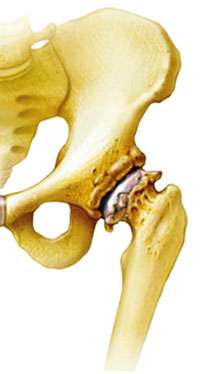
If not treated, Osteoarthritis will give rise to a bagful of bad consequences, so if you notice the above symptoms, affecting your day-today activities, seek medical advice without further delay. This is because the right treatment with lifestyle changes, physical therapy and medication will help slow down the progression of this condition and ensure a return to your active lifestyle.
Once you are diagnosed with Osteoarthritis, the treatment usually involves effective pain relief with pain killers, Non-steroidal anti-inflammatory drugs (NSAIDs-pain relief and the reduction of inflammation in the joints), physiotherapy and treatments involving cortisone and lubricating injections with Hyaluronic acid, Surgical realignment of bones with Osteotomy where the surgeon cuts across the bone either above or below the knee and removes or adds a wedge of bone which would shift the weight of your body away from worn-out parts and Joint replacement (arthoplasty).
A prescribed set of tailor-made exercises can do miracles with regard to this condition.
“Many have the misconception that exercises and being active can increase the tendency to worsen Osteoarthritis along with a bad prognosis. Over the years, health care professionals have contributed in research studies, various experimentation and clinical trials regarding this. They have come to the conclusion that a righteously prescribed set of exercises, depending on your condition, severity and several other factors would be beneficial in slowing down the progression of Osteoarthritis; thus ensuring a good quality of life and effective disease control.
According to medical experts, adherence to an exercise programme could be more successful if patients were given a specific exercise prescription designed for their individual needs with stated goals in mind. But this would always require more than participating in leisure physical activities such as walking and should be tailor-made, catering to individual requirements,” underscored Dr. Madahapola.
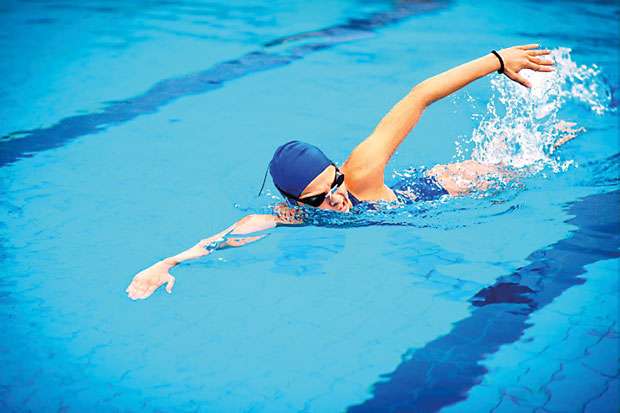
Exercise doesn’t cause Osteoarthritis
According to studies done so far, the overall conclusion is that exercises never cause Osteoarthritis if performed under the right instructions. However this is not applicable to people who are involved in extreme and unhealthy physical activities sans proper guidance.

Furthermore, your joint and musculoskeletal health can be optimised by maintaining aerobic fitness, enhancing muscle strength and healthy weight loss which will in turn result in reducing undue tension on joints; thus preventing and slowing down the progression of Osteoarthritis.
However, it is important to avoid repetitive overload and activities leading to significant acute injury with directional change and prolong collision. This is where proper medical advice is useful because you should have a tailor-made prescription comprising the ideal exercises which should be carried out depending on your age, other comorbidities, family history etc.
Exercise reduces joint pain and improves efficiency
Correctly prescribed exercises with a combination of strength, flexibility and aerobic work are most beneficial when it comes to effective pain relief. Around 75% of patients with knee osteoarthritis tend to respond positively to exercise.
Range of motion exercise: This includes gentle stretching and movements which take joints through their full span. Doing these exercises properly and every day improves the flexibility in your joints.
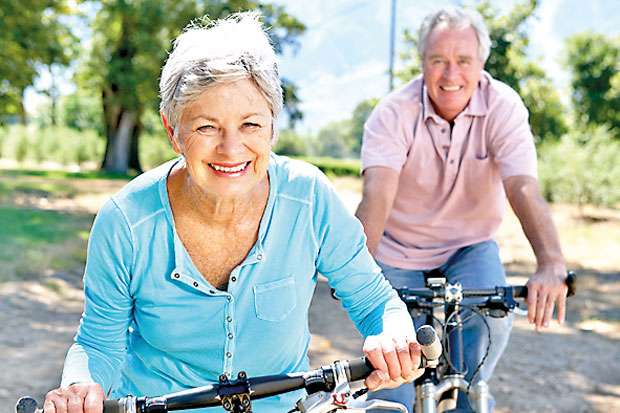
Aerobics and endurance
Strengthening: This would maintain and improve your muscle strength thus ensuring a good support system and protect joints which are affected by arthritis. All these exercises can initially cause an increase in joint pain, but after about 6-8 weeks, the results will be noticed. Therefore it is always advisable to stick to the plan, without pausing and halting in between.
However, it is highly advised to avoid repeating the same multidirectional sports activity on successive days as they can bring out unexpected consequences, worsening the issue. You should always consider non-impact (off-loading) exercise such as cycling, cross-trainer and swimming, ideally something which can be authentically integrated into your daily life.
Weight reduction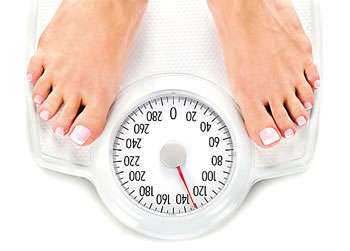
Excess body weight is a definite risk factor for both the development and progression of osteoarthritis. For every pound of body weight you gain, three pounds of added stress will be borne by your knee joint and six pounds will be borne by your hip joint. When this continues over a period of time, already existing Osteoarthritis will undoubtedly worsen over time, sometimes leaving you with no option other than staying bed bound. The whole point is to fight the disease, while enjoying the life to the fullest.
So make sure to enjoy the exercises you have engaged in because peaceful and non-stressed out minds always do miracles when it comes to the cure and control of any disease. In addition to all these, it is always important to maintain an active lifestyle with healthy food habits and sound peace of mind in order to make an effective impact on your quality of life. This is because once you experience some sort of a life-long disease, not only would you get affected, but it also affects your entire family.
22 Dec 2024 23 minute ago
22 Dec 2024 44 minute ago
22 Dec 2024 46 minute ago
22 Dec 2024 5 hours ago
22 Dec 2024 7 hours ago